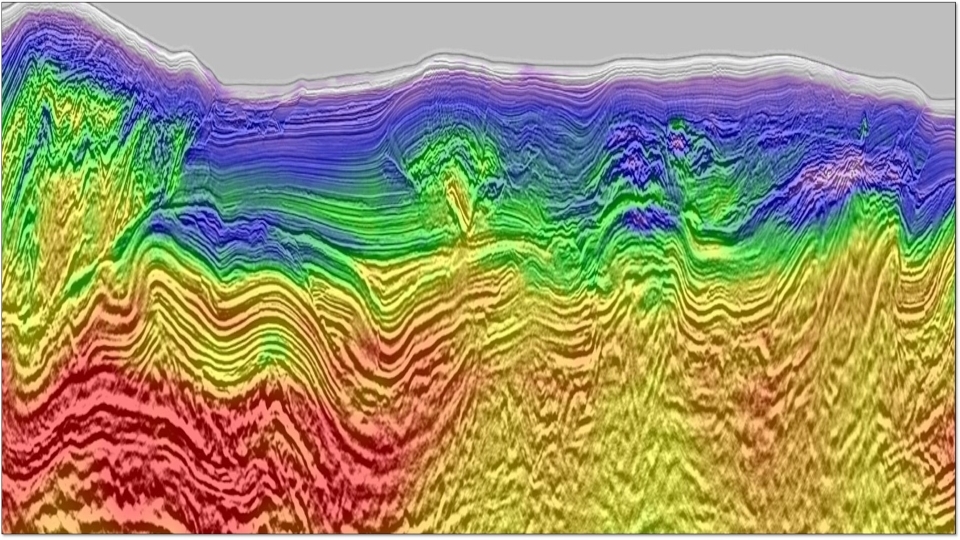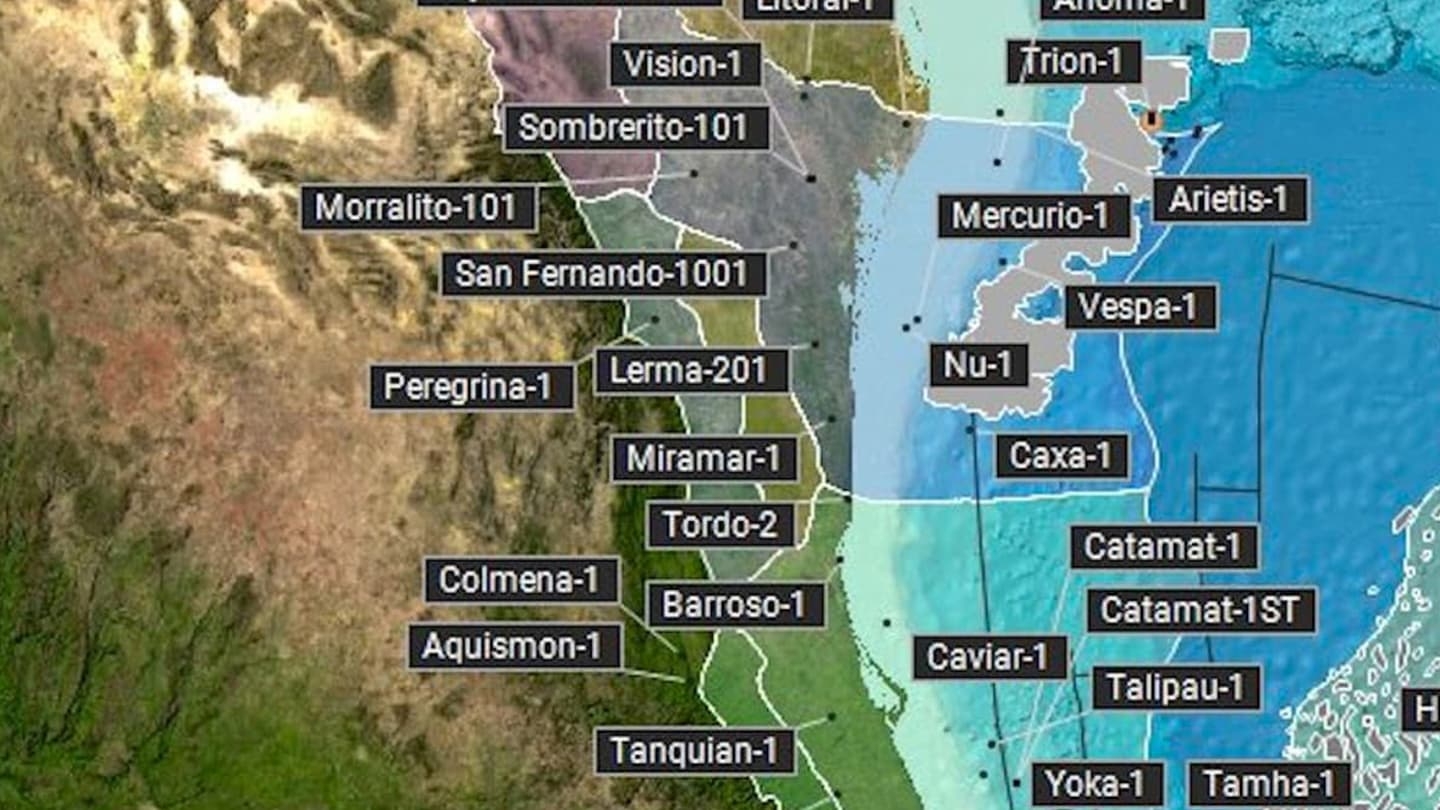Industry Article
Geology-guided pore space quantification for carbonate rocks
Back to Technical ContentThe heterogeneity in geological properties of carbonate rocks makes their acoustical behaviour more difficult to model and predict than siliciclastics. This uncertainty in prediction normally is attributed to their pore structure complexity and heterogeneity. Pore structure in carbonate is a result of the place they are deposited combining with subsequent post-depositional processes to form the final carbonate rock. Carbonates can form in different depositional environments and subsequently can undergo into various diagenesis regimes. This combination along with their chemically active mineralogy makes them susceptible for complex and heterogeneous pore structures. This study investigates variation of carbonates depositional environment on their velocity behavior. It, furthermore, uses this information to quantify a more comprehensive pore model for carbonate rocks. This geology dependent workflow is tested on a number of carbonate core-plugs from two exploration wells with ultrasonic measurements. The results confirm application of this workflow for defining a more comprehensive pore model compared with the routine approach using only Wyllie time average by defining maximum two pore types. This study uses another reference curve from depositional environment in addition to the routine approach to derive a more general (geology oriented) pore aspect ratio spectrum.
Download Resource 
Publications
First BreakAuthors
Reza Saberi





